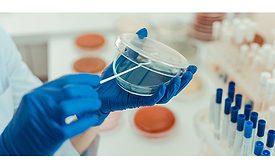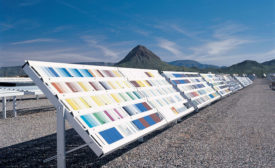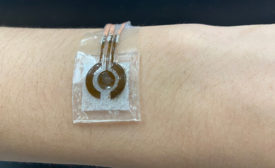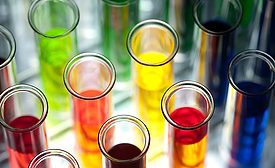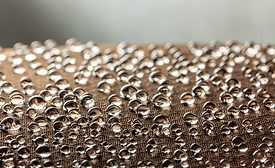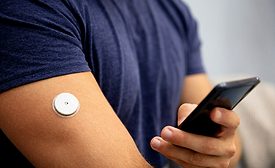Featured on Home Page
Tape Talk
At Tape Week 2022, exhibitors, sponsors, and attendees are invited to advance their missions and demonstrate their commitment to our industry.
Read More
A Biocide for Many Seasons
An EPA-registered sodium benzoate is approved in the U.S. for use as an in-can biocide in waterborne adhesives, coatings, inks, homecare products, raw materials, and other applications.
April 7, 2022
Testing Adhesives for Weathering
Weathering tests for adhesives help ensure that the adhesive is able to perform as expected under specific environmental conditions.
April 5, 2022
Global Gathering: Previewing the 2022 World Adhesive and Sealant Conference
Last held in North America in 2008, the World Adhesive and Sealant Conference offers a unique opportunity for the global industry.
March 29, 2022
Top 5 News that Sticks
IPG Acquisition is Top News
Readers last week were most interested in yet another acquisition.
March 28, 2022
Raw Materials and Chemicals for Adhesives, Sealants, and Coatings
Though sourcing raw materials and chemicals is more difficult now than ever before, tools are available to help.
March 25, 2022
Adhesive Enables Noninvasive Glucose Monitor
Researchers at Penn State have developed a wearable glucose monitoring device prototype consisting of an electronic sensor attached to a small alkaline solution chamber.
March 23, 2022
New PCD-PPG Block-Copolyether Polyol for CASE Formulations
A newly synthesized PCD-PPG block copolyether polyol can be applied to coating applications that require flexibility, in solvent-free urethane compositions that require low viscosity, and in various other CASE applications.
March 18, 2022
What to Expect at the 2022 American Coatings Show
Indianapolis will welcome coatings industry professionals from around the world for the 2022 American Coatings Show.
March 16, 2022
Rethinking Medical Device Adhesives: More than a Sticky Afterthought
Choosing the right adhesive early can actively contribute to building better medical devices.
March 14, 2022
Keep the info flowing with our eNewsletters!
Get the latest industry updates tailored your way.
JOIN TODAY!Copyright ©2024. All Rights Reserved BNP Media.
Design, CMS, Hosting & Web Development :: ePublishing


